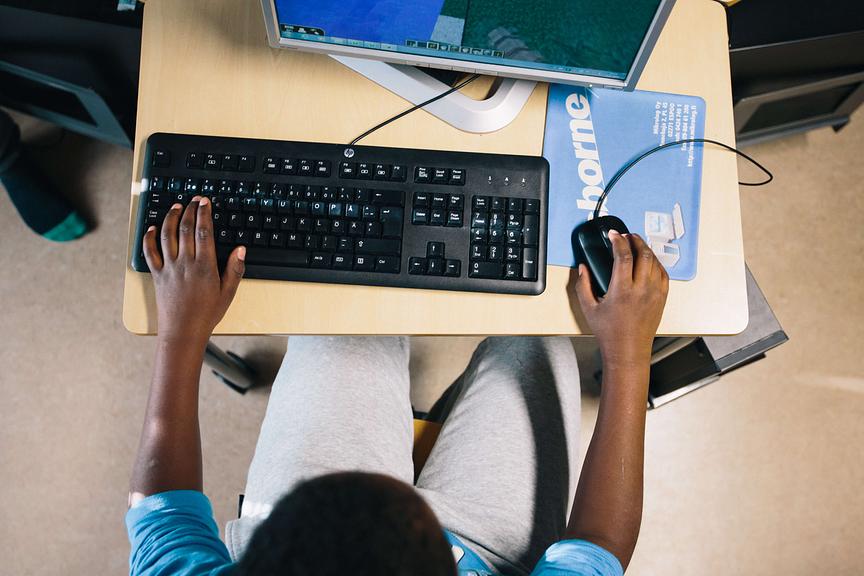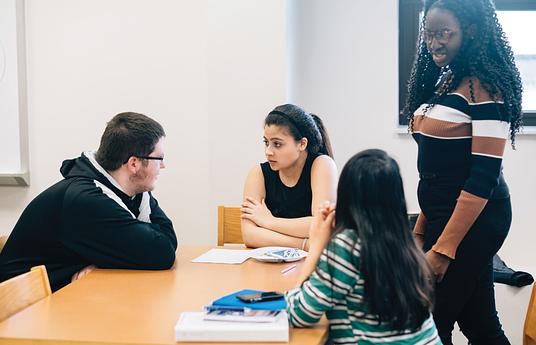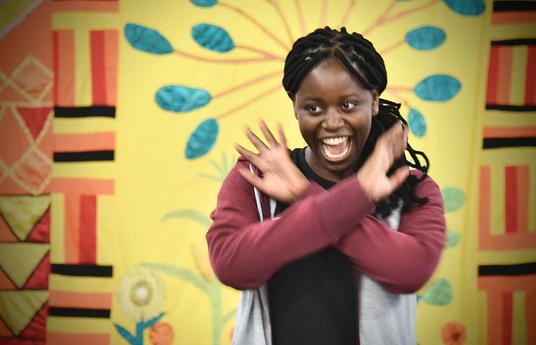School have traditionally been responsible for linking children to their cultural heritage.Introducing them to their traditions and holiday culture is integral in this. Schools, however, face a dilemma nowadays: how to balance continuity and change? How much should we instill existing norms in children? Then again, how much should we teach them to question and change?
Integrating different holiday traditions into school life is justified in school's function to socialize children. Celebratory pedagogy helps to alleviate the conflict between socializing the children and encouraging change. It focuses on celebrating the holidays of the mainstream culture as well as the different religions and cultures represented in the school community. The world we bring into the school is the one we want to see and experience. School should be a true living community for children. Everyday activities should be subordinate to things that are significant to the children.
We don't often question schools' holiday culture, and their celebrations are a self-evident part of the calendar. We should, however, view holidays as learning opportunities. At best, holidays can introduce experiential learning into everyday school activities and support teaching.
Holidays combine the school's individual and communal goals. Students feel more included in the community when their holidays are celebrated together and it highlights their difference in a positive way. Children are experts of the holidays they present to the others. They are experienced in their culture and religion. Holidays are also communal events within the school and the class. The students learn by doing, interpreting and sharing.
Celebrations represent experiential learning, as well. The children gather knowledge and skills and broaden their linguistic world, for example. Celebrations promote dialogue that allows everyone (especially the teacher) to learn and study the world.
The school must plan, prepare and, at the end, assess celebrations that aim to improve the school culture. The preparation process may even surpass the actual celebration in importance for the children as they study why the celebration is held and why it is significant, prepare decorations, plan the food, music and program. The teacher should also inform the parents. The celebrations are an opportunity to open the classroom's doors and cooperate with homes and the local community.
Case Maatulli primary school
Maatulli primary school celebrated the Muslim holiday Eid Al-Adha in mid-September. Muslim students prepared a presentation for their class: why and how Eid Al-Adha is celebrated, what kind of traditions their families have and how do the celebrations in Finland differ from their home countries. The whole class brought treats to school and participated in their classmates' holiday.
The class studied the Sacrifice Feast and how it connects to the Bible. It shares the story of sacrificing the firstborn and the students looked at the significance of sacrificial rituals in different religions. We looked at pictures of Muslims around the world celebrating Eid Al-Adha and the next day we discussed the holiday again. This allowed the teacher to assess how well the students had retained the information. The next holiday in line is the Finnish author Aleksis Kivi Day and the celebration of Finnish Literature.




